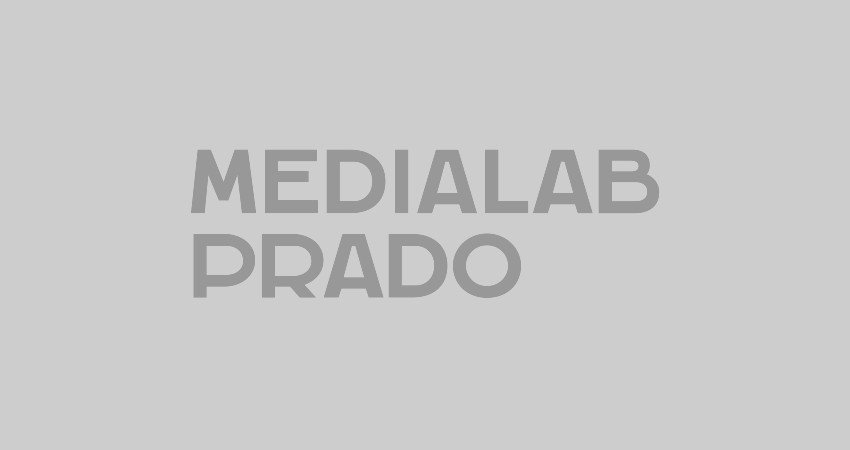The future as a shared asset

Immediate solutions to occasional problems do not enable us to act from the position required by a complex situation. It means looking at the interrelationships instead of concurrences, processes of change rather than snapshots, spheres of causality instead of straight lines. These are some of the guidelines for developing the systematic approach needed to tackle the problems, to avoid their repetition, and to stop them becoming more entrenched.
Designing a model of a city as an ecosystem that allows people to live together, balancing their strengths, is precisely the goal that could commit us to building a future that we can only possibly see as a shared asset, and therefore a shared problem.
Dealing with the root problems while seeking truth and learning so that we recognise these types of recurrent “structures” that block change “will simplify our life as it will help us see the deeper patterns that underlie the events”, as Senge observed 20 years ago.
If we decide to assume that people form part of a larger community — the city — they will wish to take part in its construction, its future and will also wish to do this alongside others. This approach to organising the city would encourage participation and inclusion based on collaborative action



 Medialab-Matadero Madrid
Medialab-Matadero Madrid